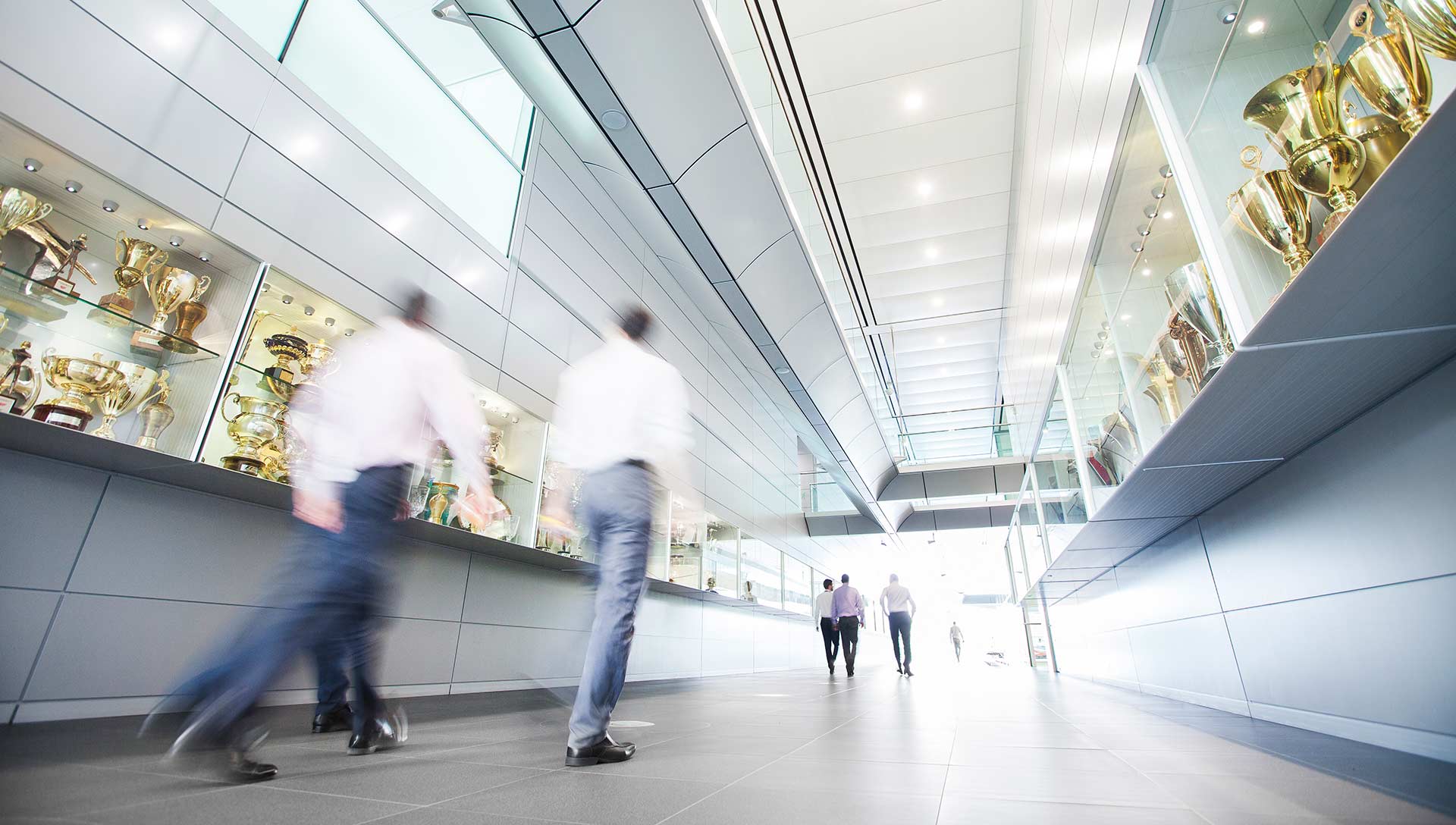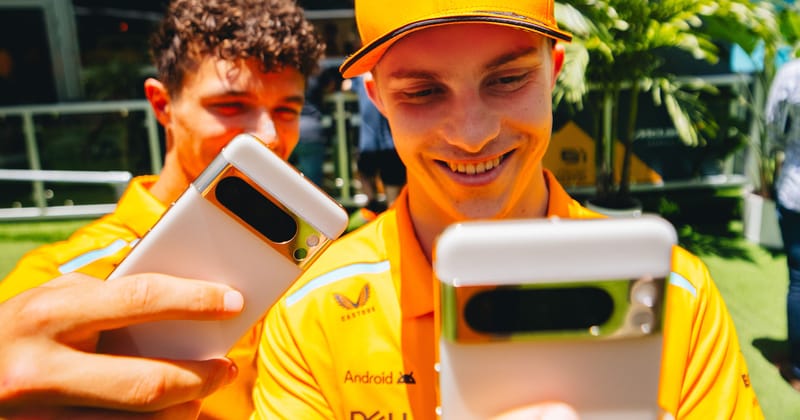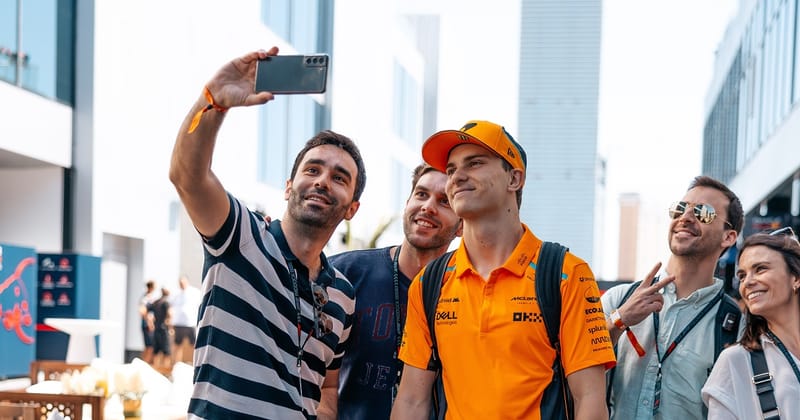
What is TPC in Formula 1?
Why we’re able to drive the McLaren MCL60 outside of official pre-season testing
Formula 1 used to have unlimited and unregulated testing, allowing drivers to pound around tracks for days on end, but in a bid to avoid spiralling costs, and to create a more competitive playing field, rules were applied to limit track activity outside of Grand Prix weekends.
For the last few years there has been just a single three-day pre-season test, where each team can trial its new car for the upcoming season. Two filming days are also allowed, but running is limited to only 200 kilometres.
It leaves little time for extra track activity, or for young drivers to get behind the wheel of modern machinery, which has led to the evolution of what is now referred to in F1 as a TPC.
No, it’s not an acronym for data processing, nor is it that similarly lettered and very potent antiseptic liquid, but rather a regulation that allows teams to run Formula 1 machinery away from the spotlight of a Grand Prix weekend: the Testing of Previous Cars (TPC) programme.
Under the current regulations, TPC is allowed with machinery that is two or more years old, making 2023’s MCL60 available to us for the upcoming 2025 season. Depending on who is in the car, these tests are known, at McLaren, as an MCL60 test, or a Driver Development test.

TPC is a great opportunity for newer or less experienced team members go trackside without the pressures of a race weekend
What is an MCL60 test and what are the benefits?
Throughout the 2025 season, Lando and Oscar are able to take part in these sessions, known as an MCL60 test. These private tests are part of the TPC programme and allow them to blow off the cobwebs after a break from racing over winter or have additional time on track during the season.
“We get so little testing now, it’s very important to switch the guys back on after the winter break,” explains TPC Events Director Paul James.
In any sport, there is always an element of rustiness and tapering off when an athlete has been inactive for a sustained period. Lando and Oscar will maintain a certain level of fitness during the winter break before getting stuck into a more heavily structured training programme in the build up to a new season, having enjoyed a period of relaxation and some indulgence. But no amount of training can replicate the rigours, both cognitively and physically, of driving a Formula 1 car.
“Drivers nowadays get one and a half days of testing with their new Formula 1 cars, so if we can give them a couple of days in an older car, then it gets them in the right place before they jump into their new car,” Paul continues. “It gives their full body a workout, gets their focus back in, and gets them back in the right environment in reality.”
“We are not allowed to – and we don’t – develop any parts for the current car”
Paul James
TPC Events Director
What are the rules governing what we can and can’t do in these tests?
From 2025, there are slightly tighter rules governing an MCL60 test when it comes to the race drivers. Combined, Lando and Oscar are only allowed four days in the car, and overall running must not exceed 1,000km.
We’re also not permitted to test at any circuit that is hosting a Grand Prix within the next 60 days. And the MCL60 test must take place with the car in its specification from a Grand Prix of that year, meaning that throwing new components at the package is strictly prohibited.
“We are not allowed to – and we don’t – develop any parts for the current car,” Paul stresses.
What is a Development Driver test and what are the benefits?
Within the scope of the regulations is the ability for us to give track running to those on the Driver Development programme, known as a Driver Development test.
Last year, our Reserve Drivers Pato O’Ward and Ryō Hirakawa both participated in Driver Development tests to help the learning process, which helped prepare them for Free Practice 1 outings in Mexico City and Abu Dhabi, respectively. The tests have also been used as an opportunity to put our Test and Simulator Driver Will Stevens behind the wheel of modern machinery, to better calibrate his work on our next-gen simulator at the MTC.

Pato O'Ward takes the wheel of the MCL36 in 2024
“We’ll always try and stay on the curve, where we stay two years behind what the race team uses, so we use the most representative car for the driver to update their skills,” Paul points out.
These tests don’t only benefit the drivers, they can be just as valuable for the team. For those who work races on the ground, they can provide a much-needed refresher after the winter break. While, for our newer or less experienced team members, it’s a great opportunity to gain experience of working trackside away from the pressure and scrutiny of a Grand Prix weekend.
“We’ve set ourselves the goal of not just focusing on driver development, but engineer development, mechanic development,” Paul explains. “We’ve had mechanics leaving the Driver Development programme to go to the race team, or onto car build, which is a great sign the programme works very well. We’re trying to cover all aspects of Formula 1 in reality, getting the next generation of engineers and mechanics trained up, as well as the next generation of drivers.”
Recent articles
All articles
How did Lando and Oscar spend the winter break?

Formula 1 Grand Prix start times revealed for 2025

Watching the season finale with our fans at the McLaren factory

McLaren Racing announces partnership renewals

2024 Autosport Awards winners revealed

2025 Formula 1 calendar announced

We asked our F1 content creators for their favourite photographs

The key moments that led to our Constructors' Championship win

The big F1 Constructors’ Championship quiz

A letter from Zak Brown





